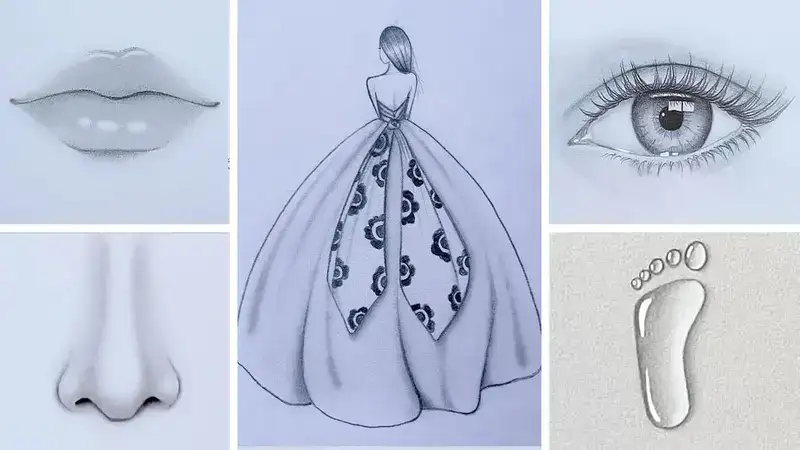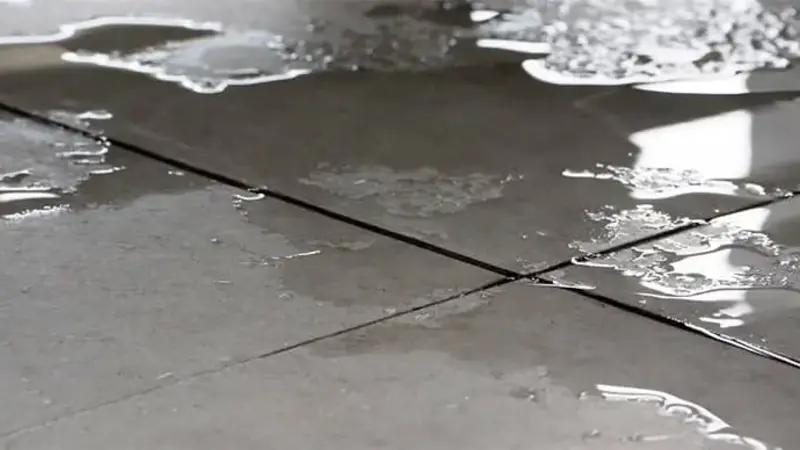Drawing can be a relaxing and enjoyable hobby for people of all ages. Whether you’re a complete novice or someone looking to improve your skills, learning some easy drawing techniques can be very beneficial. This guide will provide you with a few simple methods to get started on your artistic journey. (Easy Drawing Techniques for Beginners)
1. Basic Shapes
The foundation of any drawing is understanding and utilizing basic shapes. Start by practicing circles, squares, triangles, and ovals. These shapes are the building blocks for more complex drawings. For example, a simple house can be created by combining a square for the base and a triangle for the roof.
2. Line Drawing
Line drawing focuses on the outlines and contours of an object. Begin with simple objects like a cup or a book. Pay attention to the angles and curves. Using light, loose lines can help you adjust your drawing as needed. Once you’re satisfied with the shape, you can go over the lines with a darker pencil or pen.
3. Shading
Shading adds depth and dimension to your drawings. Start by identifying the light source in your scene. The areas closest to the light source will be lighter, while those further away will be darker. Practice shading with different pressures on your pencil to create a gradient effect. Blending tools, like smudge sticks or even your fingers, can help smooth out transitions between light and dark areas.
4. Grid Method
The grid method is a helpful technique for improving the accuracy of your drawings. Divide your reference image into a grid and do the same on your drawing paper. By focusing on one square at a time, you can more easily replicate the proportions and details of the original image. This method is particularly useful for complex subjects like portraits or landscapes.
5. Perspective
Understanding perspective is key to creating realistic drawings. Start with a one-point perspective, where all lines converge at a single point on the horizon. Practice drawing simple scenes like a road or a row of buildings. As you become more comfortable, try a two-point or even three-point perspective to add more complexity to your drawings.
6. Cross-Hatching
Cross-hatching is a shading technique that uses intersecting sets of parallel lines to create texture and depth. Start with simple shapes and practice varying the density and angle of your lines. This technique is particularly effective for adding shadows and highlights to your drawings.
7. Doodling
Doodling is a fun and stress-free way to practice drawing. Let your imagination run wild and draw whatever comes to mind. The goal is not perfection but rather to enjoy the process. Doodling regularly can help improve your hand-eye coordination and creative thinking.
For more information about Easy Drawing Techniques for Beginners visit my website worldexploremag.
Conclusion
Drawing is a skill that anyone can learn with practice and patience. By starting with these easy techniques, you can build a solid foundation and gradually tackle more complex subjects. Remember, the key is to enjoy the process and keep experimenting with different styles and methods. Happy drawing



